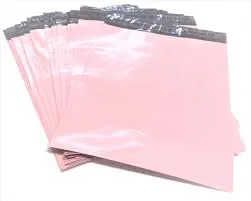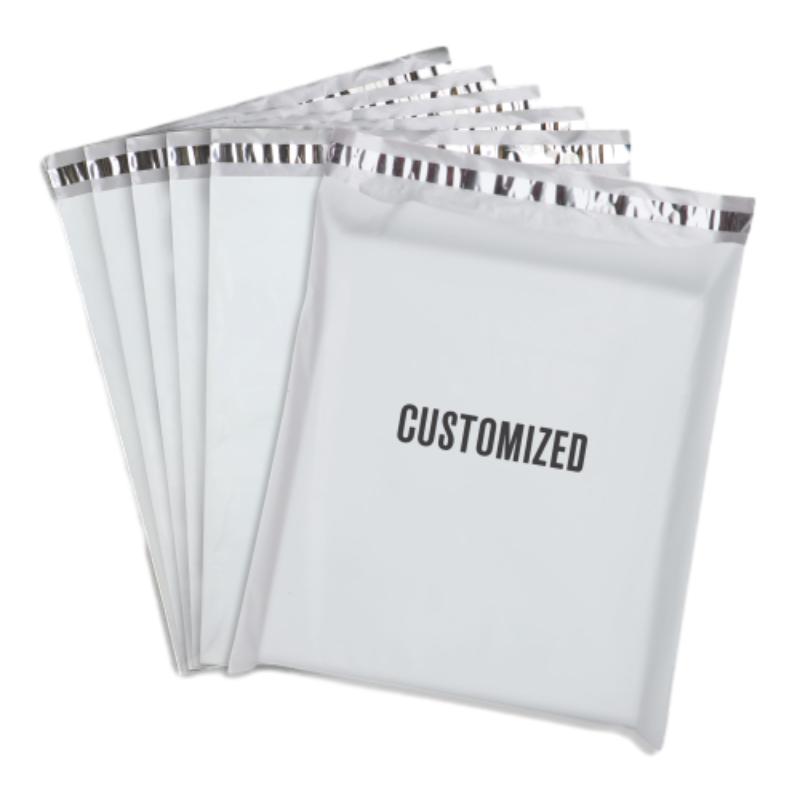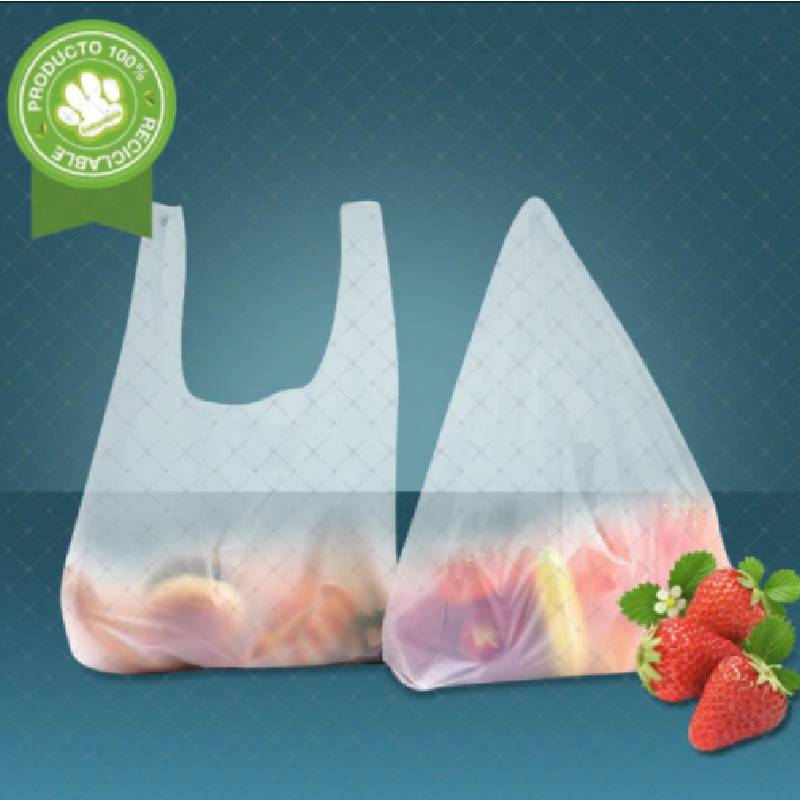Wine Bottle Brown Paper Bags Wholesale Eco-friendly Kraft Wine Bags Supplier
- Introduction: The functional and aesthetic value of wine bottle brown paper bags
- Technical Advantages: Materials, sustainability, and design of kraft paper wine bottle bags
- Manufacturer Comparison: Major suppliers evaluated for quality and cost-effectiveness
- Customization Options: Tailoring brown paper wine bags to unique branding needs
- Real-world Applications: Use cases, business success stories, and consumer reception
- Market Analysis: Trends, growth statistics, and eco-friendly appeal
- Conclusion: The future outlook and comprehensive benefits of wine bottle brown paper bags

(wine bottle brown paper bags)
Introduction: The Evolving Role of Wine Bottle Brown Paper Bags
In the current retail and hospitality landscape, wine bottle brown paper bags are emerging as both practical and attractive packaging options. Beyond serving as simple carriers, these bags contribute to sustainability initiatives and elevate brand identity in a competitive market. Their rising popularity can be attributed to consumer demand for eco-friendly materials and the desire for enhanced presentation in both retail and gifting scenarios. As wineries, liquor stores, and event planners seek packaging solutions that balance functionality, cost-efficiency, and environmental responsibility, brown paper wine bags—especially those crafted from robust kraft paper—are taking center stage.
The global shift toward sustainable packaging is unmistakable; according to a 2023 study by Smithers, the eco-friendly packaging market is on track to reach $237 billion by 2026. Wine bottle packaging constitutes a niche but rapidly expanding segment, propelled by the premium wine industry and changing consumer values. By choosing sustainable alternatives such as brown paper wine bags, brands not only comply with regulations but also demonstrate a proactive approach to lowering their carbon footprint. This essential shift underscores the strategic importance of packaging in influencing purchasing decisions and reinforcing mindful consumption.
Technical Advantages: Why Kraft Paper Wine Bottle Bags Stand Out
Technological innovation has transformed the simple wine bottle bag into a product that offers both superior performance and aesthetic refinement. Kraft paper wine bottle bags are engineered from high-grade, sustainably sourced pulps, providing exceptional tear resistance, load-bearing capabilities (typically supporting bottles up to 1.5kg or more), and an attractive, natural finish. Advanced manufacturing techniques such as reinforced bottom gussets, twisted paper handles, and food-safe glues further enhance reliability and safety, ensuring protection for valuable wine bottles during transport.
The advantages extend beyond mere strength. Modern brown paper wine bags incorporate post-consumer recycled content, often ranging from 40% to 100%, reducing demand for virgin resources. Oxygen and moisture barrier coatings can also be added without compromising compostability. In terms of design, customizable printing technology enables crisp logo reproduction and high-definition color graphics, allowing for effective brand differentiation. These technical strengths explain the surge in adoption among boutique winemakers and global distributors alike, aligning utility with responsibility and visual appeal.
Manufacturer Comparison: Quality, Sustainability, and Price Benchmarking
Choosing the right supplier is crucial for businesses integrating brown paper wine bags into their operations. Below is a comparative summary based on quality assurance, sustainability metrics, customization support, and cost competitiveness among leading manufacturers:
| Manufacturer | Material Origin | Recycled Content (%) | Customization Capabilities | MOQ (Units) | Avg. Price per Bag (USD) | Lead Time (Days) | Certifications |
|---|---|---|---|---|---|---|---|
| EcoPack Solutions | North America (FSC-certified) | 85 | Full-Color, Embossing, Die-Cut | 1,000 | 0.28 | 12 | FSC, ISO 14001 |
| GreenWrap Packaging | Europe (PEFC-certified) | 95 | Spot Color, Window Patch | 2,000 | 0.25 | 18 | PEFC, Compostable |
| Papercraft Innovations | Asia (Mixed sources) | 78 | Basic Print, Twisted Handles | 5,000 | 0.19 | 20 | ISO 9001 |
| Local Print Co. | USA (Local mills) | 40 | Personalized Label | 500 | 0.37 | 10 | FSC |
The table highlights EcoPack Solutions' best-in-class recycled content and fast turnaround, while GreenWrap Packaging stands out for compostable certification. For businesses prioritizing both sustainability and scalability, choices may vary based on minimum order quantities (MOQs) and supported customization methods. As illustrated, price differences correlate strongly with production scale and available personalization options.
Customization Options: Elevating Brand Identity with Brown Paper Wine Bags
The versatility of brown paper wine bags allows businesses to craft unique experiences for their customers. Customization extends from color, finish, and handle style to intricate graphic design and specialty textures. Utilizing hot-stamping, embossing, or environmentally friendly ink options, brands can mirror their ethos and convey a sense of luxury or rustic charm as desired.
Popular requests include:
- Full-surface printing (brand colors, logos, and messaging)
- Specialized closures (ribbons, magnetic flaps, or rope handles)
- Window patching to showcase bottle labels
- Embossed or spot UV highlights for tactile dimension
- Personalized tags for seasonal campaigns or limited editions
Real-world Applications: Brown Paper Wine Bags in Practice
The adoption of brown paper wine bags transcends the wine industry, influencing hospitality, events, and personal gifting. In retail, two of the largest US liquor chains reported a 30% reduction in breakage after switching from plastic to reinforced kraft paper bags. Corporate event planners frequently specify customized bags featuring logos and event details, achieving a higher perceived value for wine gifts.
Case Study Example:
Vine & Table Fine Wines, an established wine merchant, reported a 12% year-over-year increase in repeat customers after introducing premium kraft paper bags with embossed branding. An in-store survey revealed that 68% of shoppers preferred paper over plastic due to aesthetics and perceived environmental responsibility.
Restaurants and wedding planners are also key users, where presentation is as crucial as function. A leading destination wedding service provider noted that branded brown paper wine bags led to a 22% uptick in guest satisfaction scores. This data-driven approach justifies the investment in quality packaging as an extension of the product experience.
Market Analysis: Demand, Growth, and the Eco-friendly Advantage
Eco-consciousness is now a decisive factor in purchasing decisions; 77% of US millennials prefer sustainable packaging, according to McKinsey’s 2023 survey on packaging trends. The wine bottle brown paper bags market is forecasted to grow at a CAGR of 7.4% through 2028, fueled by regulatory bans on single-use plastics and the premiumization of both wine and packaging.
The proliferation of direct-to-consumer wine clubs and e-commerce has exacerbated demand for packaging that is both protective and Instagram-worthy. Social media mentions of “eco-friendly wine bags” have grown over 240% in two years, reflecting shifting consumer priorities. Additionally, luxury wine producers leverage custom kraft paper bags to signify exclusivity while fulfilling environmental mandates.
Regional differences play a role: European markets emphasize compostability and recyclability, while North American buyers prioritize durability and lower minimum order quantities. This diversity creates room for suppliers to offer differentiated products catering to various legislative and consumer preferences.
Conclusion: Advancing with Wine Bottle Brown Paper Bags
In summary, the transition to wine bottle brown paper bags is a pragmatic response to evolving consumer values and regulatory pressures, offering significant functional, environmental, and branding advantages. With robust technical enhancements, an expanding network of reputable manufacturers, and nearly limitless customization options, these bags have graduated from mere utilities to formidable marketing assets.
As empirical data and real-world case studies underscore, investing in high-quality brown paper wine bags is more than a nod to sustainability—it is a strategic move that strengthens brand image, drives repeat business, and exceeds customer expectations. Looking ahead, as innovation within sustainable packaging continues to accelerate, wine bottle brown paper bags are set to play a prominent role in defining the retail experience, strengthening both customer relationships and ecological stewardship.

(wine bottle brown paper bags)
FAQS on wine bottle brown paper bags
Q: What are wine bottle brown paper bags used for?
A: Wine bottle brown paper bags are designed to carry and protect wine bottles. They offer a discreet and eco-friendly way to present wine. These bags are popular for gifting and retail packaging.Q: Are kraft paper wine bottle bags recyclable?
A: Yes, kraft paper wine bottle bags are fully recyclable and biodegradable. They provide an environmentally conscious packaging solution. Proper disposal ensures they can be recycled efficiently.Q: What sizes are available for brown paper wine bags?
A: Brown paper wine bags typically come in sizes suitable for standard wine bottles. Custom sizes are also available for larger or smaller bottles. Always check product specifications for precise dimensions.Q: Can I customize wine bottle brown paper bags with my logo?
A: Many suppliers offer printing options for wine bottle brown paper bags. You can add your logo or branding for events and business promotions. This creates a personalized and professional look.Q: Are brown paper wine bags strong enough to hold a full wine bottle?
A: Yes, brown paper wine bags are designed to hold the weight of a full wine bottle securely. Most use durable kraft paper with reinforced handles or bases. This ensures safe transport for your wine.-
The Best Uses for Small Trash Bags in Daily LifeNewsJul.01,2025
-
Stylish Reusable Grocery Bags TrendsNewsJul.01,2025
-
Shipping Advantages of Using Bubble Envelopes BulkNewsJul.01,2025
-
How Compostable Mailing Bags Reduce Environmental ImpactNewsJul.01,2025
-
Environmentally - Friendly Bulk Poly MailersNewsJul.01,2025
-
Eco Friendly Custom Laminated Tote BagsNewsJul.01,2025
-
Have the freedom of customizing your custom mailers any way you want! Our dedicated packaging support will help deliver you the mailing experience you need to elevate your shipping experience to the next level! Start making a strong impression on your customers and stand out from your competitors! -
LIYA uses high quality raw materials which directly purchased from large enterprises domestic and overseas such as PetroChina, Sinopec, Sabic, Equate, ExxonMobil, Dow Chemical, Total, and Borouge, ensuring the price advantage and quality of the raw materials. -
LIYA uses high quality raw materials which directly purchased from large enterprises domestic and overseas such as PetroChina, Sinopec, Sabic, Equate, ExxonMobil, Dow Chemical, Total, and Borouge, ensuring the price advantage and quality of the raw materials.





